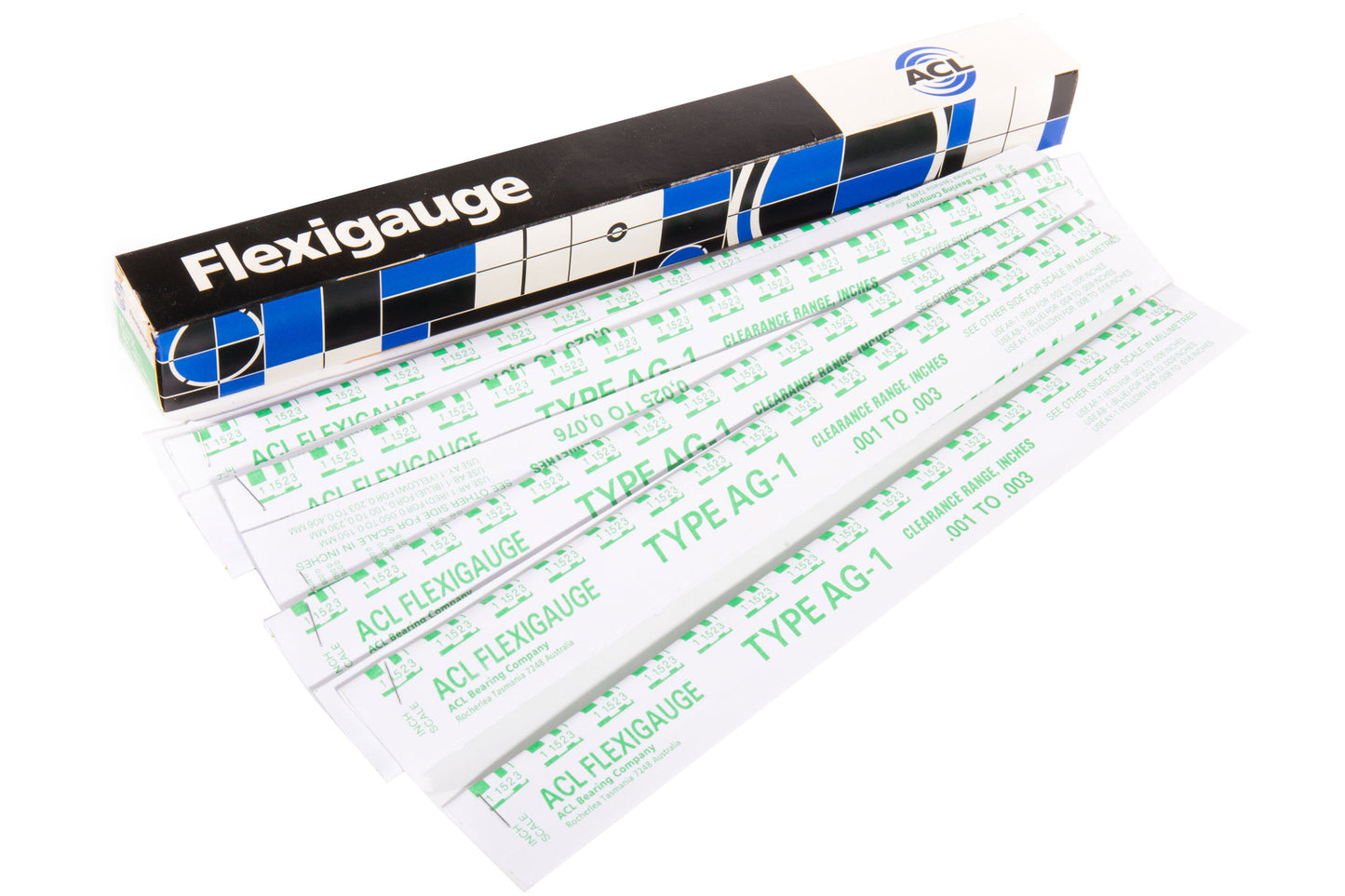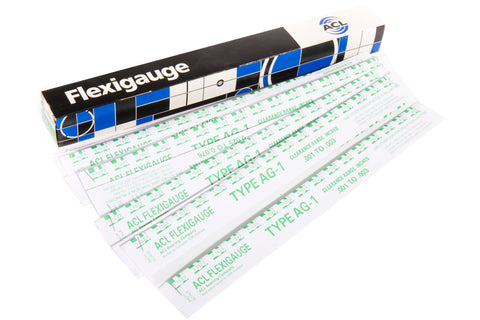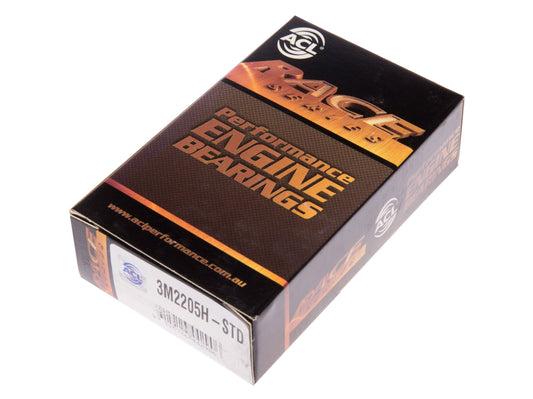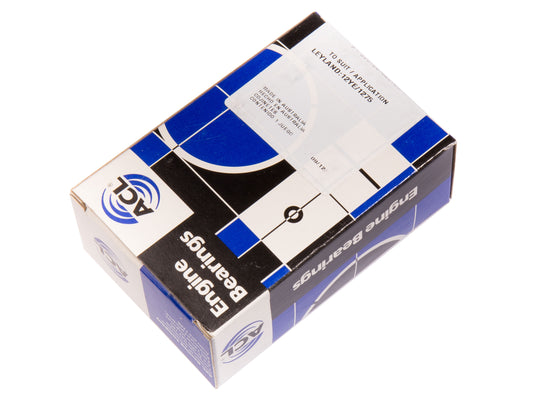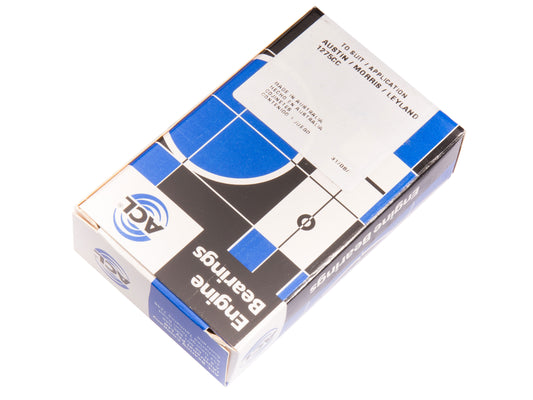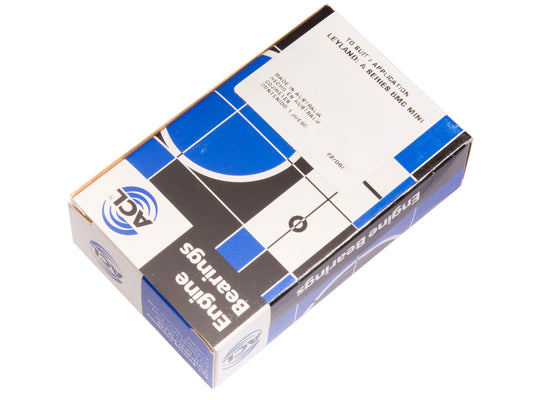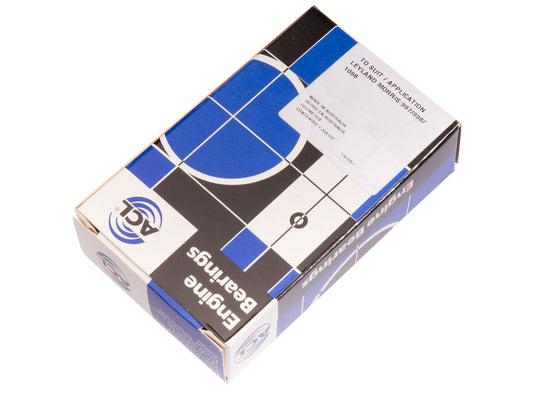PLASTIGAUGE - PACK

Description
Plastigauge is a precision clearance gauge for the measurement of clearance between fitted surfaces.
It is particularly useful for measuring clearances in split bearings or in situations where a feeler gauge cannot be inserted. The most common use is checking for bearing clearance on the mains and big ends of the crankshaft.
Supplied in 10-strip packs for size 0.001-inch to 0.003-inch.
Check the additional information below for directions of use.

Additional Information
Directions for use:
- Remove the bearing cap, wipe the journal and bearing shell clear of oil.
- Place a piece of Flexigauge across the bearing at the crown.
- Install the bearing cap and using a Torque Wrench tighten the bolts to the correct tension.
- Remove bearing cap. The Flexigauge will be adhering either to the bearing or shaft.
- Compare the width of the flattened Flexigauge with the graduation of the envelope. The figure within the graduations indicates the clearance in thousandths of an inch of millimetres, depending on which side of the envelope is used.
-Taper is indicated when Flexigauge is wider at one end than the other, the amount of taper being the difference between the readings. The widest part of the Flexigauge represents the area of least clearance. 'Barrelling' of the shaft when the Flexigauge is wider in the centre of the bearing.
Precautions:
When checking main bearings, with the cap supporting the crankshaft, the weight of the crankshaft and flywheel must be taken off the bearing caps to avoid inaccurate results.
This can be done, for example, by jacking on the crankshaft balance weight. Main and connecting rod bearing clearances should be checked on the area of least journal wear. Main bearing checks should be made with the adjacent crankpin situated about 30 degrees after bottom dead centre.
Frequently Asked Questions
What is Plastigauge?

This is a precision manufactured plastic strip, 12-inches long and packed in individual envelopes. These are marked in appropriate graduation - one side in thousandths of an inch and the other side in millimetres.
What is Plastigauge for?

It is used for measuring clearances in split bearings or in situations where a feeler gauge cannot be inserted. The most common use is checking for bearing clearance on the mains and big ends of the crankshaft.
How much will I need for my engine build?

This pack of 10 strips should keep you going for many years.
How do I use this?

If you check the Additional Information tab, you'll find more detail on how this is used during an engine build.
Do I need to use this?

Yes, we would consider this to be an essential step of building any high quality A-Series engine.
Related Products
